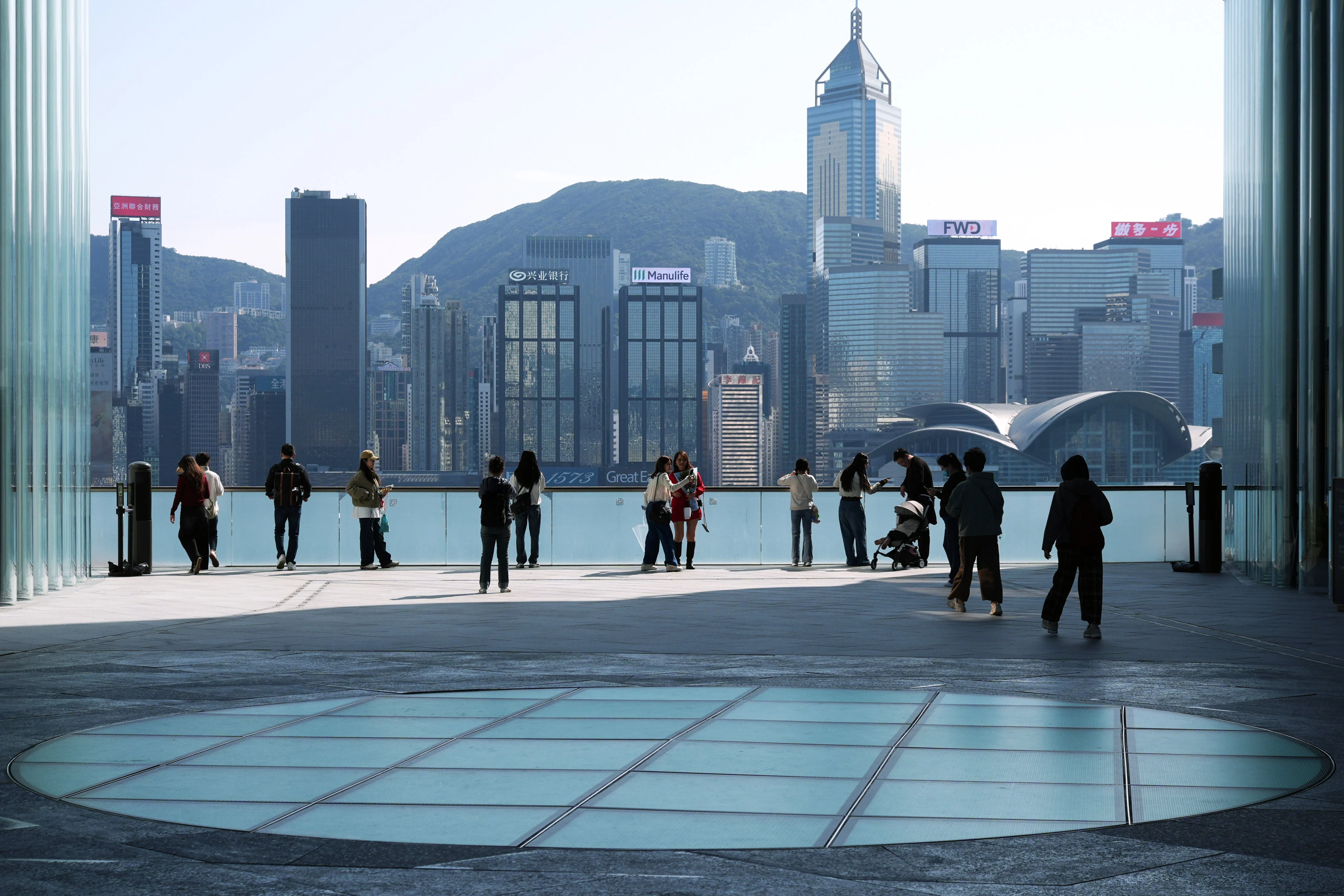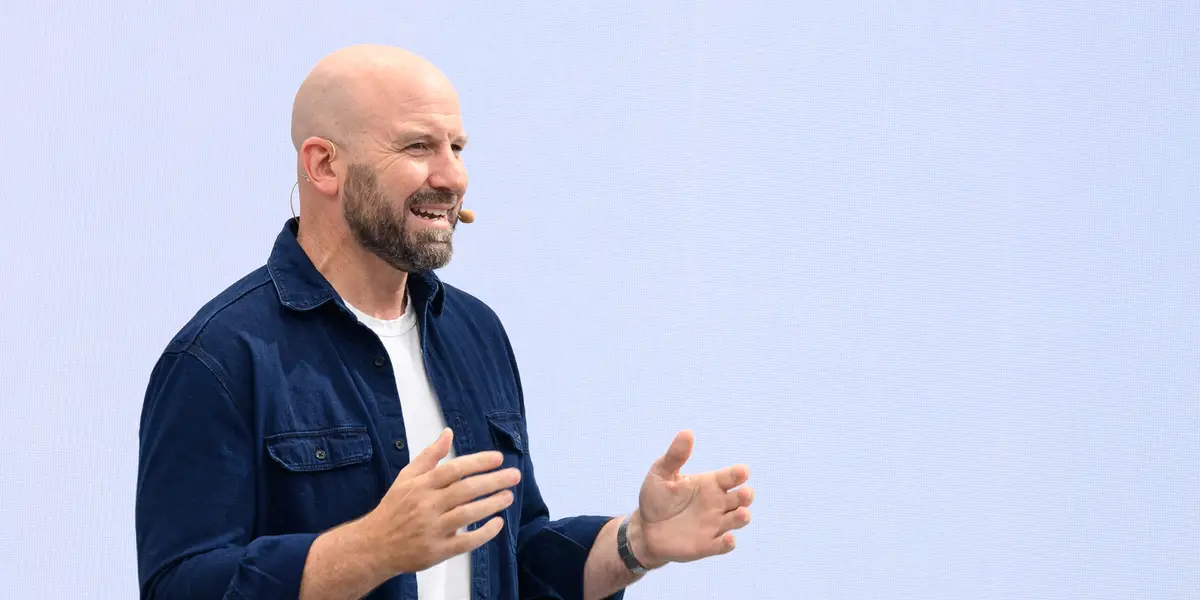By Regina Ip
Copyright scmp

In his most comprehensive policy address yet, Hong Kong Chief Executive John Lee Ka-chiu mapped out dozens of policy measures to boost Hong Kong’s hub economy, help small and medium enterprises, shore up the property market, promote tourism, develop new tech-based industries, raise fertility and train talent, just to name a few.
However, the emphasis on the economy should not divert attention from the key reforms outlined in Lee’s address, which – if successfully implemented – would have a transformative impact on Hong Kong’s economy and the city’s future.
The first key reform concerns the development of the Northern Metropolis, an area comprising almost a third of Hong Kong’s total area. Providing land for the development of two tech parks near Shenzhen, Guangdong province – China’s renowned innovation hub – the Northern Metropolis is intended to be a hub for innovation and the growth of technology-based industries that will transform and enhance Hong Kong’s economy. However, if existing developmental procedures persist, it could take decades and cost trillions for the project to come to fruition.
Talk of developing the small plot of land in Lok Ma Chau Loop bordering Shenzhen into a joint tech park goes back to the 1990s. Yet Hong Kong’s planning and development procedures are so cumbersome and costly that only three buildings, as part of phase one of the joint tech park, were completed earlier this year.
Decisive steps must be taken to put an end to high-cost and slow-paced development if Hong Kong’s technology dream is to become a reality.
Soon after Lee took charge as chief executive, his administration took immediate steps to speed up procedures. In his first year in office, legislation was enacted to compress procedures in six ordinances covering town planning, land acquisition, land reclamation, roadworks and railways. Yet even with the best efforts, this legislation only sought to speed up land development by six years in the case of large plots of land and two years in the case of smaller plots.
More than three years into Lee’s term, the city’s leaders have finally come to grips with the reality that the Northern Metropolis could not be a viable proposition for tech development without adopting a new development model.
To accelerate development, Lee announced he would personally take charge of the project. To attract tech enterprises to set up shop in the Northern Metropolis, Lee gave clear indications that the government would go out of its way to explore new funding models, including land swaps, equities, bonds and direct investment.
Different companies with tailor-made incentive packages could be set up for different investors operating in designated zones. The government would exercise flexibility by offering land grants and leases, as well as establishing plot ratios and modification premiums. In other words, the government would bend, as long as markets follow the broader policy directive.
This new approach is a clear abandonment of Hong Kong’s long-cherished hands-off, non-interventionist policy. If the government could pull off this great gambit and entice world-class tech enterprises to put down roots in the Northern Metropolis, Hong Kong’s economy would undergo a qualitative change and morph into a tech-driven economy leveraging “new quality productive forces”, similar to the tech-powered innovation hubs on the Chinese mainland.
The term “new quality productive forces” has been so oft-repeated that few have paused to think what it really means as a driver of economic growth. In 2000, then Chinese president Jiang Zemin theorised that the Communist Party should represent “advanced productive force”.
As China was ramping up the modernisation of its economy, the use of technology must have weighed heavily on Jiang’s mind. More than two decades later, artificial intelligence (AI) has become the holy grail that every economy serious about its future is chasing. Hong Kong should not be left out.
It is reassuring that, despite the many pressing demands on the government’s resources, Lee has prioritised investing in AI. Lee plans to build data centres, expand computing power and set a target of recruiting a thousand AI talents. Above all, Lee pledges to promote the cross-boundary flow of mainland data to Hong Kong.
It is heartening that Lee intends to set up an AI efficiency enhancement team to revamp government workflows after legislators called on policymakers to follow the lead of the private sector in using AI.
AI can go a long way in helping the government produce analytics, improve public service and boost efficiency. Lee’s decision to integrate AI in government processes and put Deputy Chief Secretary Warner Cheuk Wing-hing in charge heralds a new era of public-sector reform.
Last but not least, and closely related to public service enhancement, is the establishment of a “Heads of Department Accountability System”. Under Hong Kong’s governmental system, a bureau director, such as the Secretary for Development, might oversee multiple government departments, agencies and quasi-government organisations with sprawling responsibilities.
If poorly managed trees caused death or property damage, surely the first person who is held accountable should be the head of the tree management office rather than the bureau director. It is only right that senior officials with executive responsibilities should be accountable for the performance of their departments or agencies.
Lengthy disciplinary procedures dealing with government misconduct are unfit for tackling poor performance. Senior officials must face the same kind of responsibility as their colleagues in the political realm.



